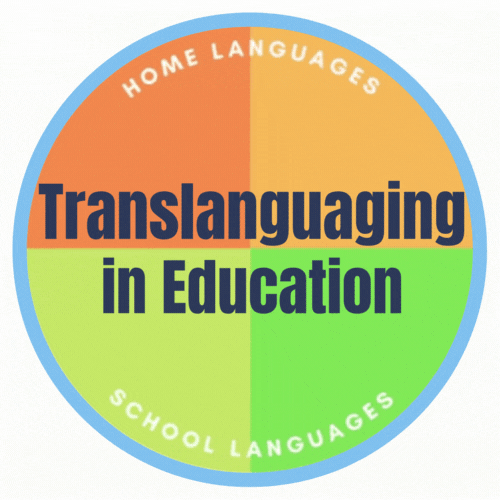Some Metaphors for Dynamic Bilingualism
Hurdler

A bilingual student is also like a hurdler with jumping and running skills. A hurdler cannot be a hurdler with only one skill. If a hurdler has only jumping skills or running skills, he or she is not a hurdler but a jumper or runner, respectively. No one tries to compare each skill of jumping or running of a hurdler with that of a jumper or a runner because a jumper or a runner can always perform better than a hurdler if other conditions are controlled. This is because a hurdler cannot spend the same amount of time and make the same amount of efforts to develop each of his or her skills as that of a runner or a jumper but has to divide his or her time and efforts into two skills while a runner or a jumper can use all of their time and efforts for one skill.
Likewise, a bilingual student cannot truly become a bilingual when he or she is allowed to use only one language, and thus cannot show his or her true identity as a bilingual. Everybody knows that a bilingual student’s academic performance cannot truly be demonstrated when he or she is allowed to use only one language. But they are tested using only one language. It is no wonder that bilingual students show lower performances than monolingual students whose home language is the same as the school language.
On the other hand, if they are encouraged to utilize both of their languages, they will develop each of their languages better and learn academic contents deeper, as each of the running and jumping skills of hurdlers can help each other skill to develop better and ultimately perform better in their overall record of hurdle race. Let us help bilingual students be themselves and perform as bilinguals using all of their language resources as far as appropriate.
Two-hands Drum Player

Garcia (2017) uses a two hands drum player to visualize dynamic bilingualism. It is when using two hands that a drummer can truly show his or her full skill of playing the drum. Likewise, it is when using their whole language resources from both of their languages that bilingual students can truly show their full knowledge. It is unfair to expect the same quality of performance from a drum player who is not allowed to use both hands as from the ones who are allowed to use both hands.
Likewise, it is unjust to expect the same academic performance from bilingual students who are not allowed to utilize their both languages but to use only the school language in school. In many cases, the school language of bilingual students is less developed than their home language(s) especially in the early stage of their primary education. It is like allowing a right-handed drum player to play using only his or her left hand.
